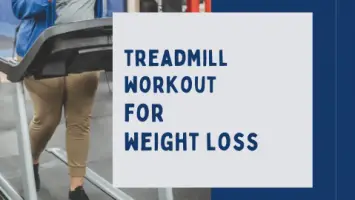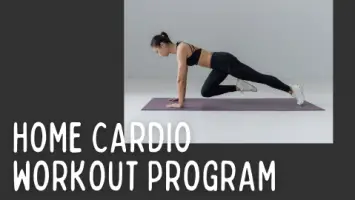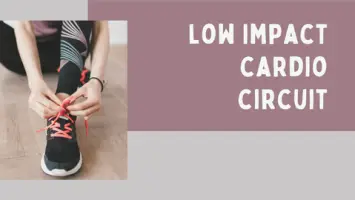Cardiovascular fitness, also known as aerobic fitness, refers to the ability of the cardiovascular system (heart, blood vessels, and lungs) to deliver oxygen and nutrients to the muscles during exercise. Improving cardiovascular fitness has many health benefits, including:
- Improved heart health
- Increased energy levels
- Low blood pressure
- Maintenance of healthy weight
To train your cardiovascular fitness, you need to do activities which raise your heart rate and which can be kept up for several minutes. If you already have a base of good cardio fitness, you can also improve your fitness level by high intensity interval training (see below).
Examples of cardio activities

- Running
- Walking (fast enough to raise your heart rate)
- Cycling
- Swimming
- Rope jumping
- Aerobic dance classes
- Gym cardio machines (cross trainer, rowing machine etc.)
How much aerobic training do you need to do?

According to the American College of Sports Medicine, the minimum amount of aerobic exercise we should be doing for health benefits is:
150 minutes per week of moderate intensity activity – walking for example
or
75 minutes of vigorous activity – running for example
High Intensity Interval Training

In general, aerobic activities should be kept up for at least 20 minutes for optimal improvement to aerobic fitness. However, short bursts of very high intensity aerobic activity can also bring about improvements to the cardiovascular system. Working out at high intensity is not advisable for those who are unfit though. You can read more about high intensity training here.
Why cardio training is good for weight loss/weight control
Although it’s not a substitute for a healthy diet, regular aerobic training helps to maintain a healthy weight for the following reasons:
- It burns calories: All exercise increases energy consumption and therefore burns calories.
- Sustained aerobic exercise breaks down fat to use for energy: Once the body settles into the aerobic activity, it begins to break down fat to use as fuel.
- Maintenance of lean muscle mass: On a weight loss diet, the body will break down muscle as well as fat to use as fuel. However, combining exercise with calorie restriction helps to maintain muscle mass while breaking down fat.
How can you tell what your aerobic fitness is and whether it’s improving?

Cardio fitness isn’t as easy to measure as strength or flexibility. Obviously you’re going to know if aerobic activities become easier, or if you start running faster for example. But actually measuring your level of fitness is a bit more complex.
Aerobic fitness is usually measured using maximal oxygen uptake (VO2max), which is the maximum amount of oxygen that the body can use during exercise. This isn’t something that is easy to measure outside of the lab though, so a few tests have been designed that involve carrying out aerobic activities for a specific time and recording the effect on the heart rate. VO2max can then be estimated from the heart rate response. One of the most commonly used tests is the step test, which involves stepping up and down on a bench for a set time and then estimating VO2max based on heart rate one minute after stopping. You can read more about this method here.
Alternatively, some fitness watches are able to estimate VO2max, the Garmin Forerunner 945 and the Fitbit Sense for example.
Improving cardiovascular fitness
To improve your level of aerobic fitness, you need to do your chosen activity regularly and have a plan to increase at least one of the following:
- Duration (how long you exercise for)
- Frequency (how often you exercise)
- Intensity (how hard you exercise)
For example, suppose you start a running program doing 3 x 20 minute runs per week. Ways you could progress are:
- To increase duration you could add a minute to your runs each week.
- For an increase to frequency, after a few weeks you could start running 4 times a week and then maybe after a few more weeks increase again to 5 times a week. Obviously the scope for increasing frequency is limited though, there are only 7 days in a week!
- Increasing the intensity of your running can be done in a few ways:
-
- Run faster
- Wear a weighted vest
- Run somewhere hilly or, if you’re using a treadmill, set an incline. Treadmills are ideal for this, as you can gradually increase the incline.
Your plan could of course include a combination of increases in duration, frequency and intensity. For example, you could increase the duration until you get to 3 x 30 minute runs and then increase intensity by running faster for the 30 minutes. As long as you continue to challenge your body your cardio fitness will improve.
Cardio training programs for you to try













